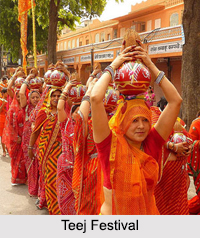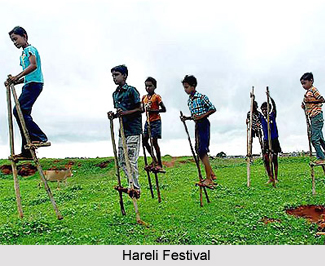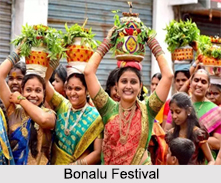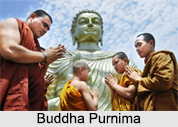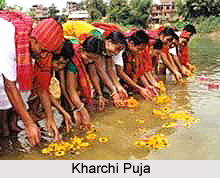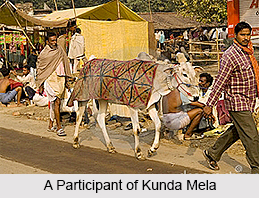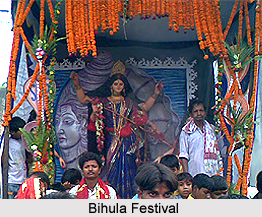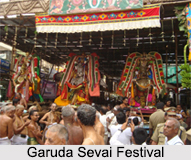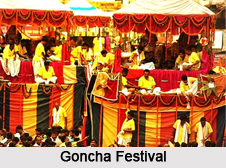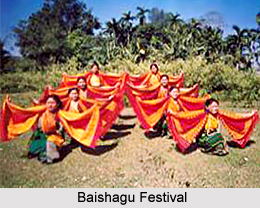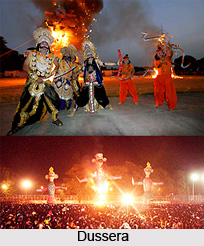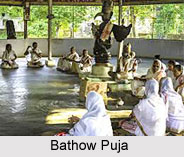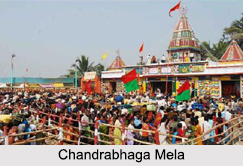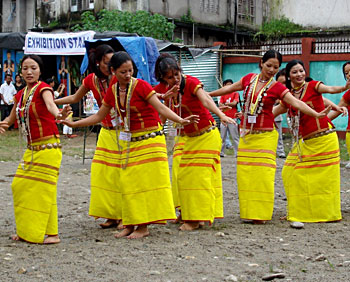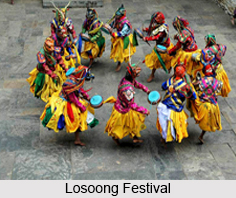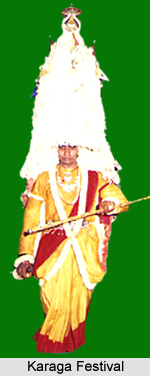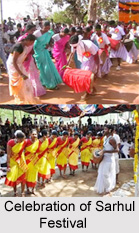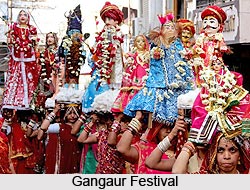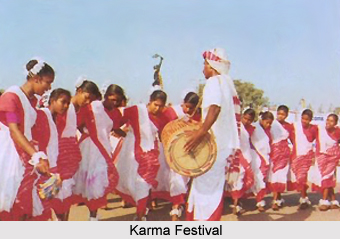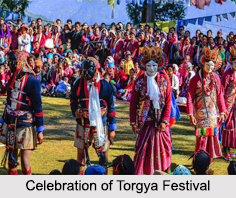 Torgya festival is a monastic festival celebrated in the Tawang district of Arunachal Pradesh. The festival is celebrated for three days. It starts from 28th day of the eleventh month of the lunar calendar, which generally falls near the end of January. Rich presence of colour is one of the main features of this festival. Colourful dances mark the occasion along with the gaiety displayed everywhere.
Torgya festival is a monastic festival celebrated in the Tawang district of Arunachal Pradesh. The festival is celebrated for three days. It starts from 28th day of the eleventh month of the lunar calendar, which generally falls near the end of January. Rich presence of colour is one of the main features of this festival. Colourful dances mark the occasion along with the gaiety displayed everywhere.
Significance of Torgya Festival
Torgya festival is very significant in Arunachal Pradesh as it celebrates the destruction of negative forces and the ushering in of prosperity, peace and good will. It is believed that the rituals performed during this festival would help ward off natural calamities and other disasters. This festival is performed only at Tawang monastery.
Rituals of Torgya Festival
It"s a three-day festival. The festival begins with the recitation of religious texts in the premises of Tawang Gompa. On the first day an image is made consisting of ghee, milk, barley and molasses which is known as Torma. This make belief image is made by the priests of the monastery. On the last day of Torgya festival Wang is performed. Thousands of local people and tourists visit the monastery during these days in their new or best attires. Barley and sugar are mixed and congealed and formed into balls which are distributed among the lamas who have attended the festival. Along with the sweets, local drink called Tse-Chang is also served in a bowl made of human skull. After this ritual, the Head Lama gives blessings, which is called the Tse-Boom. He blesses all the assembled devotees by touching their heads; during this process the other lamas tie small strips of cloth of white, red or blue or other colors, on the wrist of the devotees. And the strips of yellow cloth are tied by a senior Lama around the neck of all lamas and Anis (nuns), as a sign of blessings for happiness and long life.
Celebrations of Torgya Festival
The main attraction of this festival is Chham dance. It is a highly choreographed sacred dance and is performed throughout the festival. A group of monks dressed in magnificent robes perform this dance. They also wear masks which represent various divinities and earthly characters. The dance is executed in the courtyard of Tawang monastery. Beating of drum and cymbals, blowing of huge telescopic horns and clarinets accompany Chham dance. A propitiation rite of Yamactaka Chak Khar Zur Gurpa is conducted and with this connotation the festival is called "Torgya".
